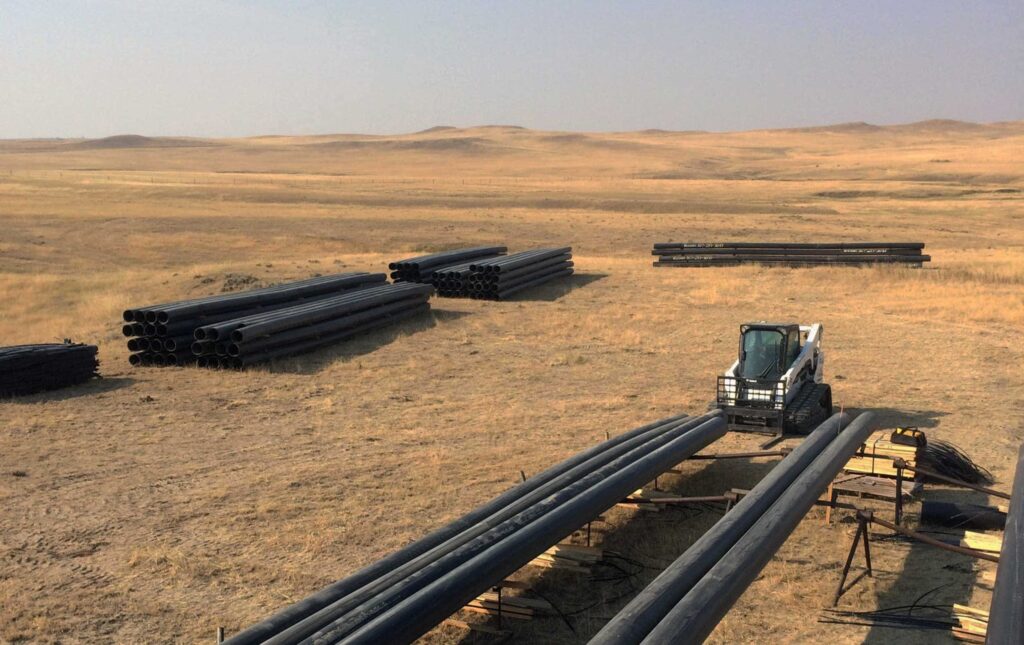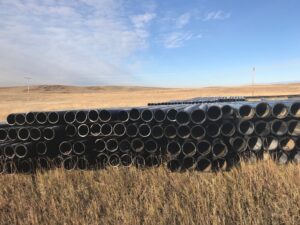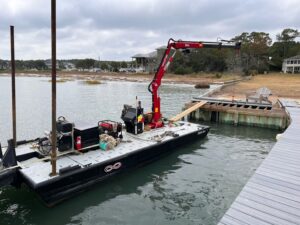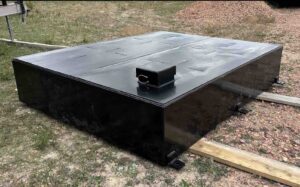Life Expectancy of Plastic Pipes and Design Practices
Polyethylene (PE) and polyvinyl chloride (PVC) pipes were introduced to Australia in the 1950s. These plastic pipes have played a significant role in advancing water supply, irrigation, fuel gas, and industrial applications. At the time, Australian standards for these materials were based on a European approach that used a 50-year design stress time frame. However, this duration was not representative of the actual lifespan of the pipes, but rather an arbitrary benchmark used for stress analysis. This led to widespread misconceptions about the longevity of these systems and caused confusion among users.
Clarifying the 50-Year Misconception
The choice of a 50-year mark as a standard for determining the durability of pipes in standards such as AS/NZS, ISO, and CEN is often misinterpreted as an absolute lifespan. In fact, this is simply a starting point from which safety factors are applied to determine the design stress. The resilience of PE and PVC pipes against long-term pressure and environmental factors suggests that their practical lifetime could be unlimited, especially if they are properly manufactured, installed, and maintained.
Factors Influencing Longevity
The actual lifespan of plastic piping systems is influenced by various factors beyond the raw material properties, including:
- Quality of manufacturing
- Handling and installation practices
- Operational conditions
- Protection from external damages.
These factors collectively contribute to the longevity of the pipes. For instance, when PE pipelines are manufactured according to stringent industry standards and installed with precision, they are less likely to fail and more likely to last well over 100 years without significant rehabilitation.
Case Studies and Reports
Supporting the extended lifespan, studies by experts such as Prof Lars-Eric Janson and findings reported in documents such as the Polyethylene Pipeline Code (WSA01-2004), validate that with high-quality virgin PVC-U and PE resins, the practical service life of buried sewer pipes can reach or exceed 100 years. These findings apply to both pressure and non-pressure pipeline systems, emphasizing the robustness and durability of modern plastic pipes.
Conclusion
The 50-year lifespan of plastic pipes is a conservative estimate that may be exceeded by recent advances in material science and engineering. Current data and studies indicate that plastic pipes have the potential for extended service lives, making them a more sustainable and cost-effective option for infrastructure projects worldwide. Read more from the source: “Life Expectancy for Plastics Pipes”
If you are looking for high-quality solutions for the production of plastic pipelines adapted to the requirements of your specific environment, then contact Legacy HDPE. We focus on quality and customer satisfaction, ensuring the durability, efficiency, and cost-effectiveness of your plumbing infrastructure. For more information about our products and services, please contact us directly. Tel: 307-299-3049







